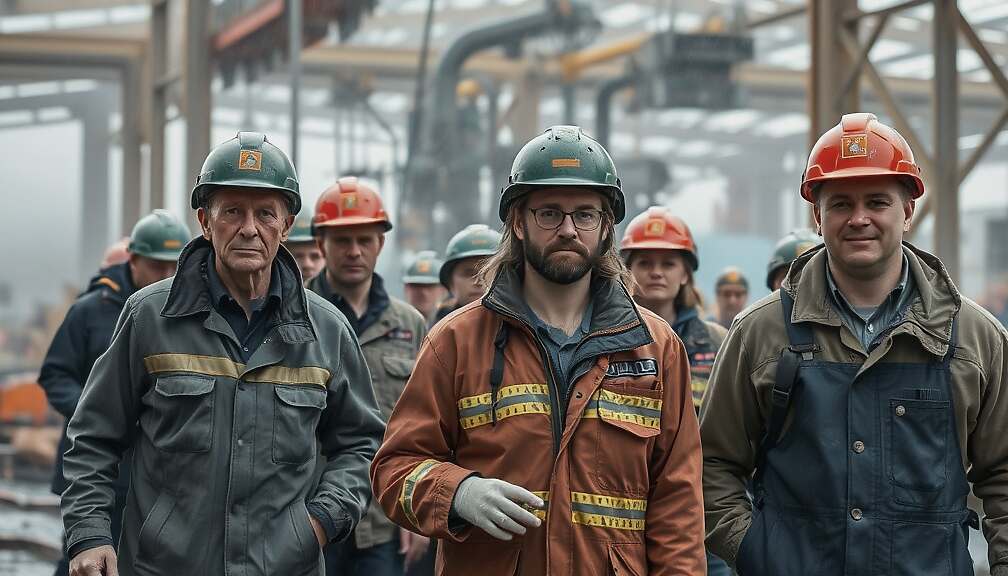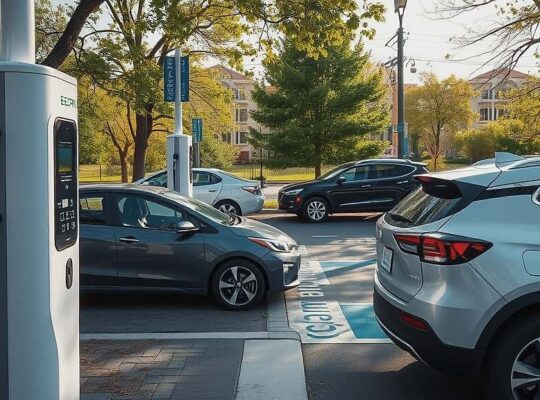The effects are felt more acutely by those working primarily outdoors, such as in construction or agriculture, with 77 percent reporting impacts, compared to 50 percent of those working indoors Similarly, individuals engaged in physically demanding jobs report a higher prevalence of effects (75 percent) than those primarily working in office environments (39 percent)
While a substantial portion of the workforce is noticing these changes, employer perception appears to differ Only around 40 percent of company representatives surveyed indicated they currently see impacts on employee health, according to IFBG Managing Director Fabian Krapf Furthermore, a limited number of companies have implemented preventative measures
Barriers to action cited by employers include high costs (41 percent), bureaucratic burdens (28 percent), organizational effort (27 percent), a lack of clear legal requirements (25 percent) and insufficient technical infrastructure (24 percent)
Employees prioritized increased awareness of sustainable practices within their companies (38 percent) Other desired measures included physical adaptations to workplaces, such as improved climate control (35 percent) and more flexible working hours to avoid peak heat (27 percent) Heat action plans and emergency protocols for extreme weather events (26 and 25 percent respectively), as well as more relaxed dress codes (24 percent) were also frequently requested
The study, forming part of the TK’s Health Report 2025, analyzed sick leave data of approximately six million insured individuals – including employees subject to social security contributions and those receiving unemployment benefits In addition, IFBG surveyed 992 employees and 351 employers across various sectors nationwide in January 2025 focusing on the relationship between climate change and workplace health












